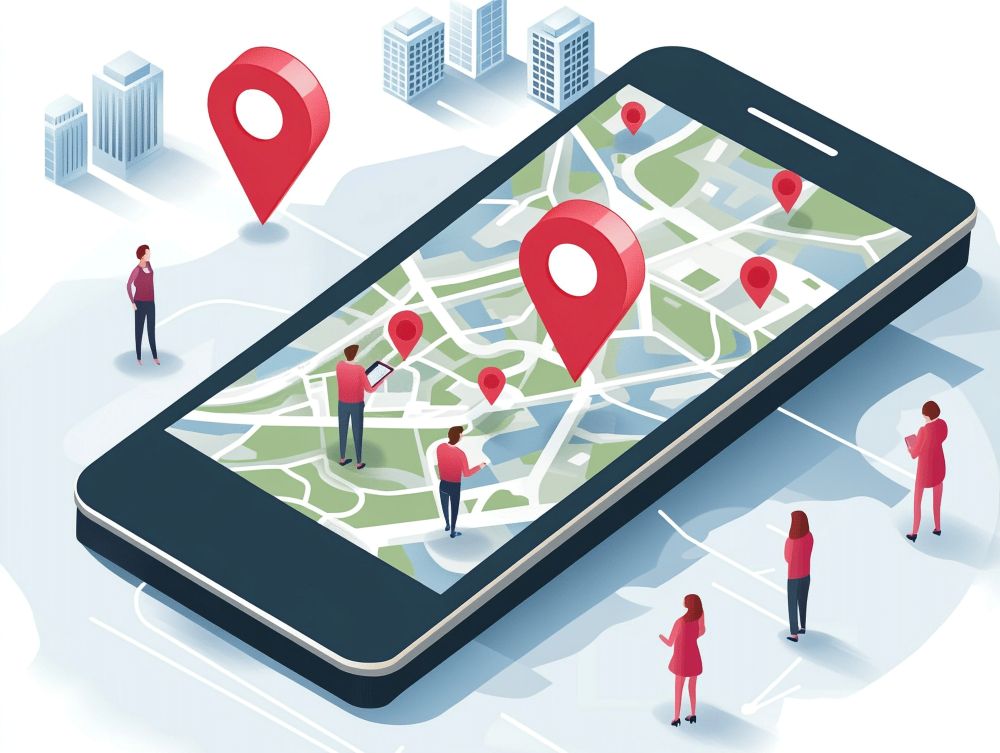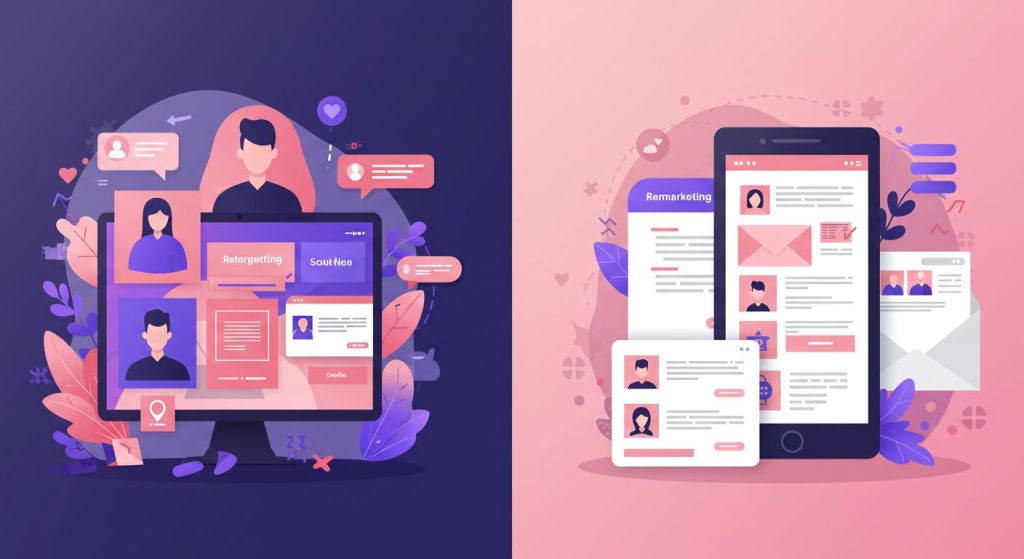In the fast-paced world of digital marketing, the importance of audience targeting cannot be overstated. Whether you are launching a new product, expanding a service, or promoting an existing brand, understanding your audience is critical. Yet, one of the most common and costly mistakes businesses make is targeting the wrong audience. This error doesn’t just waste valuable resources; it can also damage your brand’s reputation and hinder long-term growth. In this comprehensive guide, we’ll explore why targeting the wrong audience occurs, how to identify and rectify the problem, and strategies to ensure your marketing efforts hit the right mark.

Table of contents
Understanding the Impacts of Targeting the Wrong Audience

Marketing success hinges on alignment with the right audience. When misalignment occurs, the ripple effects can be devastating. The wrong audience lacks interest in your offering, leading to poor engagement rates and wasted advertising spend. Worse, they may even form a negative perception of your brand, damaging your reputation in the eyes of those who matter.
For example, imagine a luxury brand running a high-cost social media campaign aimed at teenagers. The disconnect between audience demographics and product relevance will likely result in dismal ROI. These mistakes are not limited to small businesses; even large corporations with big budgets sometimes miss the mark.
Common Reasons for Targeting the Wrong Audience

Understanding why businesses target the wrong audience is the first step toward avoiding this mistake. Here are some of the most common causes:
- Insufficient Market Research: Many brands dive into marketing without fully understanding their market landscape. Without proper research, assumptions about your audience can lead to significant mismatches.
- Overgeneralization of Target Audience: Casting too wide a net often results in campaigns that lack focus and fail to resonate. Precision is essential in defining an audience.
- Relying on Outdated Data: Consumer preferences evolve. Relying on data that hasn’t been updated to reflect these changes can misguide your efforts.
- Ignoring Buyer Personas: A lack of detailed buyer personas results in generic messaging that appeals to no one in particular.
- Platform Mismatch: Advertising on platforms that your target audience doesn’t use is another common pitfall.
How to Identify You’re Targeting the Wrong Audience

Recognizing the signs of poor targeting early can save your campaigns. Watch out for these red flags:
- Low Engagement Metrics: Low click-through rates, poor social media engagement, and high bounce rates are telltale signs that your audience isn’t interested.
- Poor Conversion Rates: If users are visiting your site but not converting, it’s possible they aren’t your ideal customers.
- High Advertising Costs with Low ROI: High spending with minimal returns often points to misaligned targeting.
- Feedback and Reviews: Listen to your audience. If they frequently state that your offering isn’t relevant to them, you’re likely targeting the wrong group.
Strategies to Realign Your Target Audience

1. Conduct Deep Market Research
Invest in qualitative and quantitative research to truly understand your target audience. Tools like surveys, focus groups, and data analytics platforms are invaluable. Analyze competitors to identify gaps and opportunities.
2. Create Detailed Buyer Personas
Develop personas that include demographic, geographic, psychographic, and behavioral data. Identify pain points, interests, and buying habits.
3. Test and Refine Campaigns
A/B testing allows you to experiment with different audience segments. Use data-driven insights to refine your targeting over time.
4. Leverage Technology
Use advanced targeting tools provided by platforms like Google Ads or Meta Ads Manager. These tools allow for precise audience segmentation.
5. Adapt Messaging and Platforms
Ensure your message resonates with your audience’s preferences. Use platforms they frequent, and craft messages that address their needs.
The Cost of Continuously Targeting the Wrong Audience

Ignoring the issue of poor targeting can lead to long-term consequences:
- Financial Drain: Persistent missteps lead to wasted advertising budgets.
- Brand Reputation Damage: Associating your brand with irrelevant messaging may alienate your true audience.
- Loss of Market Share: Competitors targeting the right audience can overshadow your brand.
By proactively addressing these issues, businesses can reclaim lost ground and avoid irreversible damage.
Case Studies: Learning from Success and Failure

Examining real-world examples provides valuable lessons:
- Success Story: A fitness brand initially targeting young adults pivoted to middle-aged professionals based on data insights, resulting in a 50% increase in sales.
- Failure Story: A tech company promoting high-end devices in regions with low purchasing power faced criticism for being out of touch with its audience.
The takeaway is clear: understanding your audience isn’t optional—it’s critical.
Conclusion: The Importance of Getting Targeting Right
Targeting the wrong audience can derail even the most promising campaigns, but it’s never too late to course-correct. With diligent research, adaptive strategies, and precise targeting, businesses can create impactful marketing campaigns that resonate and drive results. The key lies in staying informed, being flexible, and placing your audience at the heart of every decision.



